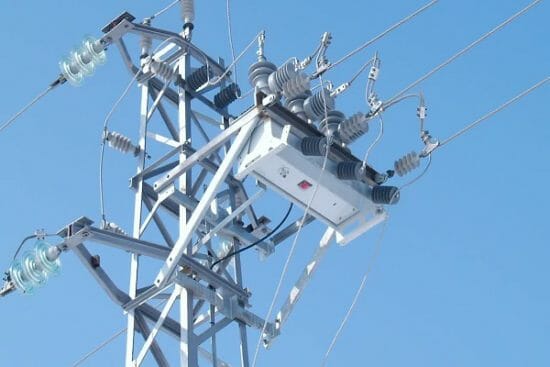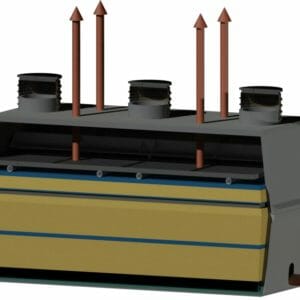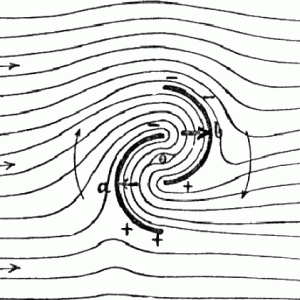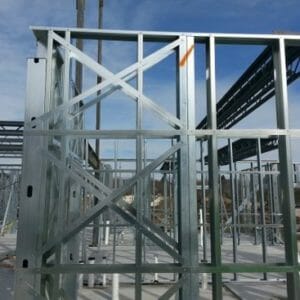E – 1662 HVDC Technology – Part 1
$75.00
Courses Included
This course is the first part of the HVDC Technology – Complete course. The main objective of this course is to thoroughly present HVDC concepts, available arrangements, operation and control issues. The first part of this course presents basic configurations, substation arrangements, converter operation and control. Upon successful completion of this course, it is highly recommended that students take the second part of HVDC Technology – Complete Course.
Electricity is produced as an alternating current (AC). It is also transferred and distributed as AC and in majority of applications it is used as AC. Nevertheless, in many situations, it is financially and technically beneficial to use direct current (DC) links. In some situations, it may be the only possible power transmission method. In situations, when two different AC systems cannot be synchronized or when the interconnection cable length is too long for stable AC transmission, DC transmission can be applied. At sending “converter station” the AC is converted to DC current, which is then transferred to a second, receiving converter station and converted back to AC. In “back-to-back” HVDC arrangements the two converter stations are placed in the same building, reducing the DC transmission length to zero. HVDC transmission installations can be classified into four broad groups and any arrangement typically involves a combination of two or more of these. The groups are:
Transfer of bulk power where AC would be uneconomical or infeasible
Link between electrical systems which use different frequencies, or between non-synchronised or isolated power systems which, even though they have the same nominal frequency, cannot be run reliably in synchronism.
Introduction of power infeed without greatly increasing the short circuit level of the client’s AC system.
Improvement of AC system operation by the fast and precise control of HVDC power.
This course is suitable for electrical engineers with a desire to understand basic HVDC technology design and operation principles. Presented details cover issues related to HVDC configurations, HVDC substation design arrangements and equipment, converter operation and control.






